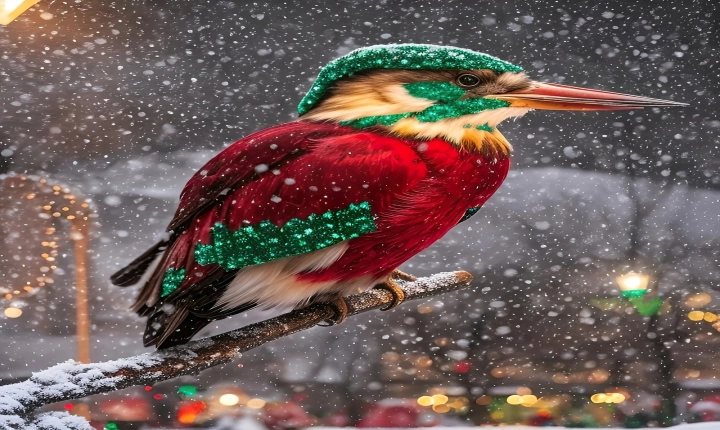Title: How to Extend Images with AI: A Comprehensive Guide
In the digital era, the ability to extend images using artificial intelligence (AI) has brought about a revolution in the way we manipulate and enhance visual content. The advancements in AI technology have enabled us to not only extend images in a seamless manner but also to do so with stunning accuracy and efficiency. In this comprehensive guide, we will explore the various methods and tools available for extending images with AI, and the potential applications and implications of this technology.
Understanding Image Extension with AI
Image extension with AI involves using machine learning algorithms to predict and generate the missing parts of an image. This process is commonly referred to as “image inpainting” and can be applied to various scenarios such as filling in gaps in old or damaged photographs, extending the field of view in panoramic images, or removing unwanted elements from a scene.
One of the key techniques used for image extension with AI is Generative Adversarial Networks (GANs). GANs consist of two neural networks – a generator and a discriminator – that work together to create new data. The generator takes in random noise as input and attempts to generate realistic images, while the discriminator assesses the generated images to distinguish between real and fake ones. Through a feedback loop, the generator learns to create increasingly realistic images, thus enabling the extension of images with remarkable accuracy.
Tools and Platforms for Image Extension with AI
Several tools and platforms are available to leverage AI for image extension, making the process accessible to both professionals and amateurs. Some notable examples include:
1. Adobe Photoshop: Adobe has integrated AI-based image inpainting tools in Photoshop, allowing users to seamlessly extend and enhance images using AI algorithms.
2. DeepArt: This online platform uses AI to extend and enhance images using advanced neural network models, providing users with a simple and intuitive interface to achieve professional results.
3. Nvidia Canvas: NVIDIA has developed an AI-powered tool that enables artists to quickly extend and manipulate images using deep learning techniques, resulting in impressive and realistic outcomes.
Applications and Implications of Image Extension with AI
The ability to extend images with AI has far-reaching applications across various industries, including photography, graphic design, and art. For photographers, AI-based image extension can help to salvage old or damaged photos, expand the compositional possibilities of panoramic shots, and create visually stunning compositions. In graphic design, AI-powered image extension can streamline the process of creating seamless and cohesive visual content, while in the art world, it can inspire new forms of creativity and expression.
However, as with any powerful technology, the implications of AI image extension extend beyond the creative realm. The potential for misuse, such as altering images to deceive or manipulate, raises ethical concerns that must be addressed. It is crucial for users and developers of AI image extension tools to adhere to ethical guidelines and promote transparency in the use of this technology.
In conclusion, the ability to extend images with AI has opened up new frontiers in visual content creation and manipulation. As AI continues to evolve, we can expect even more advanced and sophisticated tools for image extension, further enhancing our creative potential. However, it is imperative that we approach this technology with a responsible and ethical mindset, ensuring that it is used to empower creativity and innovation while upholding the integrity of visual representation.
